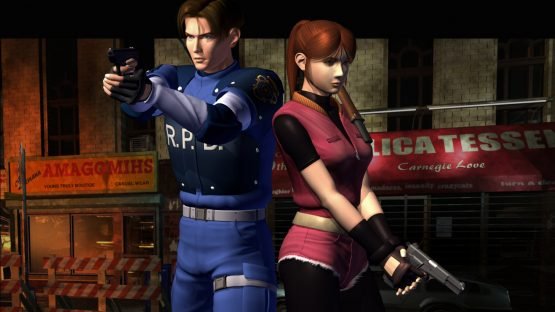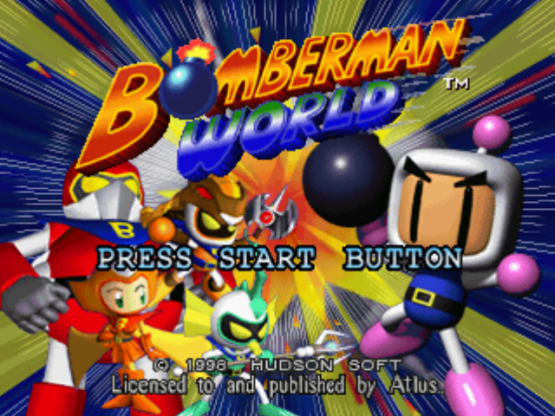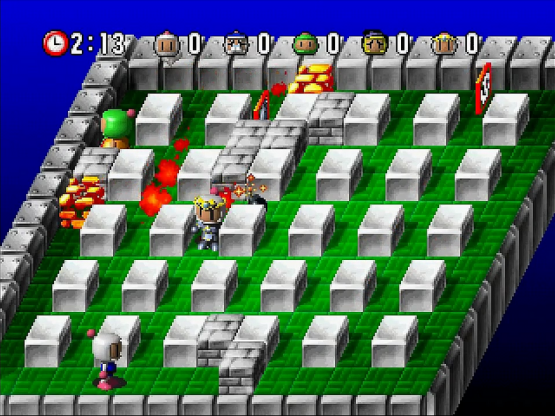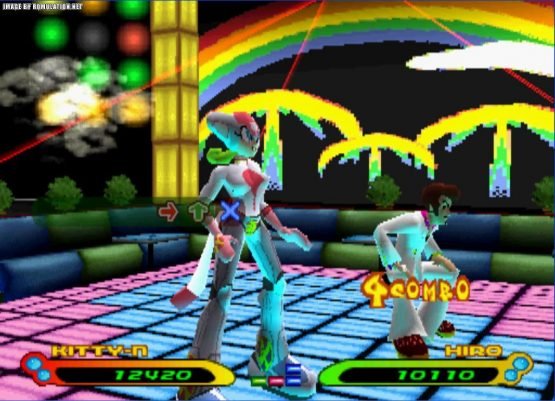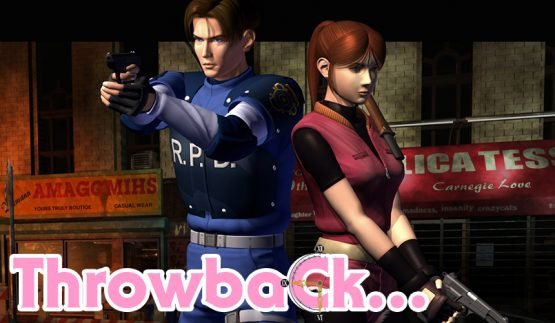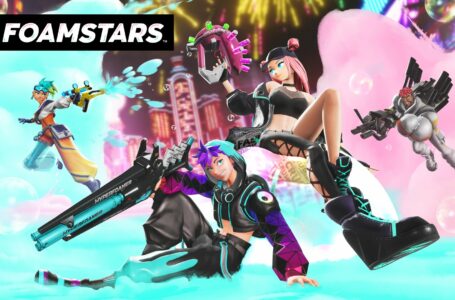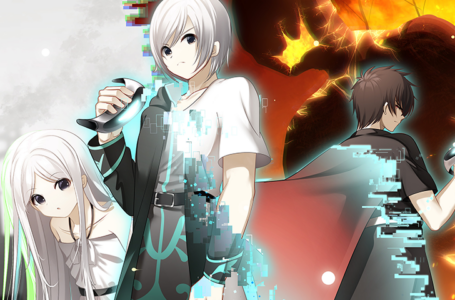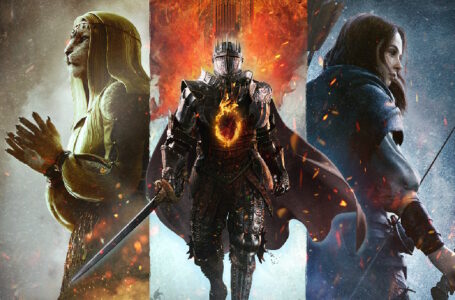Throwback to January 1998 Being Awesome for Japanese Games
Join us as we take a look back at Japanese games… from the past! Believe it or not, 1998 is now officially 20 years ago. But what a strong year it was. As the millennium was beginning to wrap up, we were on the precipice of the first 3D consoles ending, with the impending PS2 generation nearing (though not announced until 1999).
And it’s the original PlayStation that started off 1998 so strong! There were some huge releases for Sony’s console in January, starting off a fantastic year for the system, with many developers well into the swing of making full use of the system.
Marvel vs. Capcom: Clash of Super Heroes (PS1)
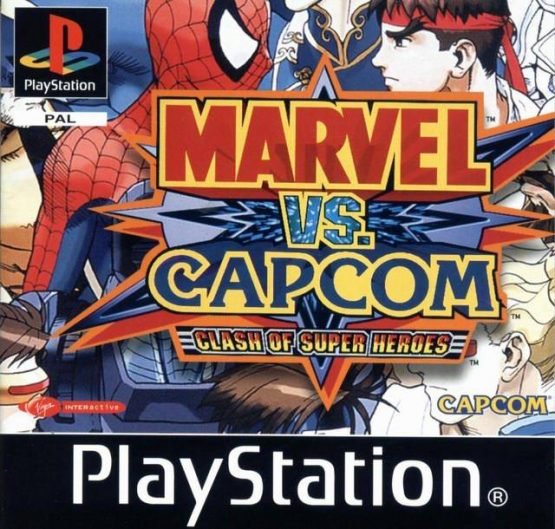
Technically the third in the series, Marvel vs. Capcom: Clash of Super Heroes is the first to bear the well beloved “Marvel vs Capcom” title. It was preceded by X-Men vs Street Fighter in 1996, and Marvel Super Heroes vs Street Fighter in 1997. Both good fighting games, but for many it’s here with the first MvC where the crossover fighter really got going, helped along by a stellar, gorgeous Dreamcast port in 1999.
Featuring a return of the tag-team two-on-two fighting from MSHvSF, it did change the way assists worked so they were randomly assigned at the beginning of the battle, which is a bit weird looking back on it. 15 fighters made an appearance, alongside 20 guest characters, making it quite the feast for Marvel and Capcom fans.
The switch from Street Fighter to Capcom brought in some classic MvC mainstays such as Mega Man, Morrigan, and Strider. Marvel-wise War Machine and Venom were standout additions, and carried over into the sequel (but not the later games, though Venom is coming to Infinite as DLC).
Resident Evil 2 (PS1)
For many, Resident Evil 2 might be the pinnacle of the series. And it’s easy to see why. It made a lot of improvements to the tense, nail-biting survival horror of the first Resident Evil, making it bigger and better in just about every way. It introduced us to Leon Kennedy and Claire Redfield, and also made both scenario playthroughs feels a lot more unique than the Jill/Chris ones in the first game.
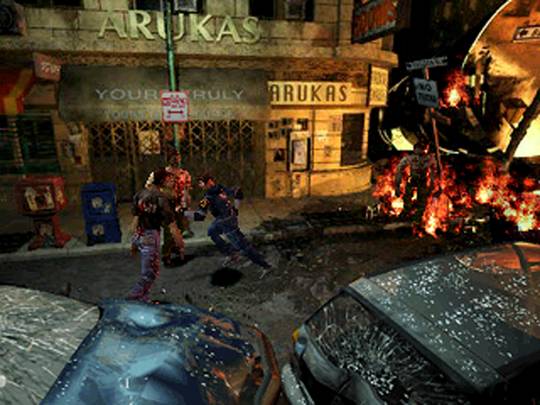
A full on remake is on the way, but details have been kept fairly quiet for now. Before now, Resident Evil 2 has never been remade or remastered, though since its 1998 release it was ported to PC, Nintendo 64, and Dreamcast between ’99 and 2000.
2003 saw a port land on GameCube, but unlike the system’s enhanced port of the first game (which has since become the basis of its remasters), this version is more or less just the original game but on the GameCube.
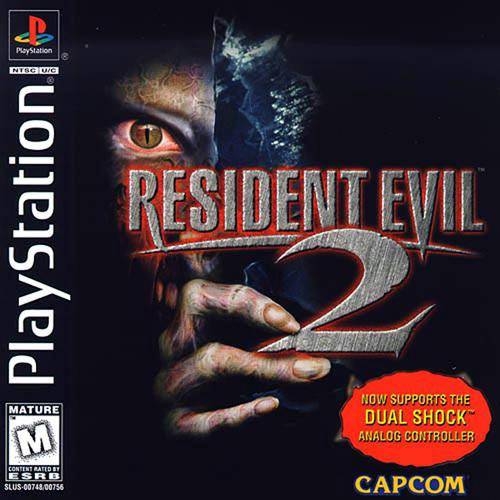
The game also marks the first directorial role by Hideki Kamiya, who would go on to create many of the best video games ever made ever (Devil May Cry, Viewtiful Joe, Okami, Bayonetta, etc), and co-found Platinum Games.
Final Fantasy Tactics (PS1), in the West anyway
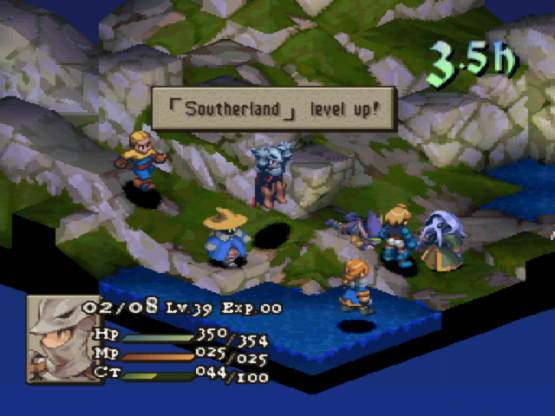
Okay, this one actually came out in ’97 in Japan. But it’s such a great one we had to include it regardless for its western release. The first in the Tactics line of games, it was directed by Yasumi Matsuno, who went on to spearhead other fantastic JRPGs — such as Vagrant Story, Final Fantasy XII, and Crimson Shroud.
Final Fantasy Tactics is still the best in the spin-off series, and is one of the best Final Fantasy spin-offs in general. This PS1 version might also still be the best way to play the game. If you have access to a US PlayStation anyway, as bizarrely a PAL version of this release never materialised. If not, Final Fantasy Tactics: War of the Lions (the 2007 PSP port) is still a good shout, if you can put up with some slowdown — and has the added bonus of being portable, ready to download on PSN, and boasts an improved localisation.
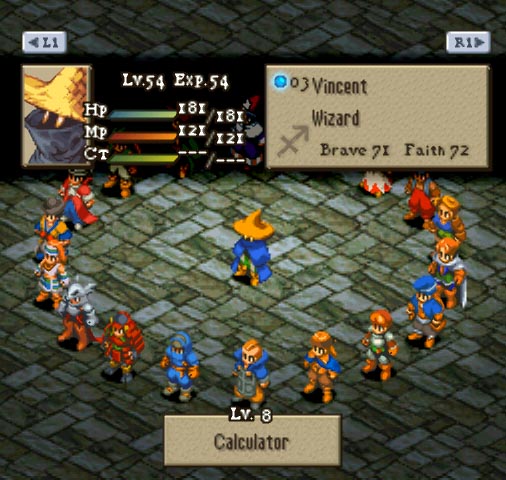
Discounting some forays on the Game Boy, Final Fantasy Tactics was the first proper, guns-hot Final Fantasy spin-off. And what a way to start it was. It took the core principles of the Final Fantasy series and twisted them into something a little bit different, with that original flavour still intact — which is a fantastic way to approach a spin-off.
It uses the language of the original games to lend an understanding and order to isometric battles that you’ll quickly find aren’t as complex as they look. At least, at first, as it does offer some pretty tough challenges the further you get.
Bomberman World (PS1)
We only got Bomberman World over here in 1998, whereas somewhat oddly Japan received both Bomberman World and Bomberman in the same year (in December, with Bomberman being called Bomberman Party Edition in North America). Of the two, Bomberman was the better game, with a riotus multiplayer mode that was Bomberman as you’d expect. But, we didn’t get it until 1999 or 2000, depending on your region.
Bomberman World added a story mode that wasn’t too hot, and felt quite sluggish. The multiplayer mode was also a bit weird, with an isometric viewpoint that made it hard to see the map when there was too much chaotic action. But, at the time, we made do with it for our Bomberman multiplayer needs and it could still be tonnes of fun. But when is multiplayer Bomberman not fun?
Bust a Groove (AKA Bust a Move: Dance & Rhythm Action)
Not to be confused with Puzzle Bobble, which has always been called Bust-A-Move over here. That’s why the Japanese real-titled Bust a Move had to be re-titled Bust a Groove. But it still makes sense, as this rhythm / fighting game hybrid is all about, well, busting grooves (and/or moves)
Progressively you need to pull off more complex moves to the beat in order to attack the opponent, building up special moves as you do so. You can even use moves to interrupt opponents’ combos. It’s a strange beast, but more fun that it sounds.
The series spawned two sequels, one in 1999 for PlayStation, with another, Dance Summit 2001, landing late 2000 for PlayStation 2.
It’s almost hard to believe some of these were 20 years ago! 1998 was truly off to a great start with its January releases.



